| |
Rural and Farm Baiting Strategies | |
| |
|
|
| |
|
|
| | Alberta's Rat Control Program Main Page
.
- When stacking green feed or straw bales, place rat bait under the bottom bales. Set out one bag of bait under every other bottom bale. Bait can also be set among the bales where rats can easily find them. The bait does not have to be covered or protected when placed in the bales as the stack goes up. Poison labels must be put on the bale stacks (Figure 5).
- Rat bait can be placed after the bale stack is completed. Set bait under protective cover such as plywood, sheeting, or in approved bait stations around the outside of the stack at several locations. Set out one bag of bait for every 10 to 20 bales stacked. To discourage rats, leave a space between each bale sitting on the ground, and only stack two bales high. Do not keep bales for more than one year.
- Buildings on skids or poles can be baited. Place bait under the structure between the skids. Bait can also be set between double walls or false floors. To encourage bait consumption, open one bait bag and spill some bait for rats to find quickly.
- Use all-weather bait when baiting silage pits. Bait in a paraffinized block (bromodialone) or (diphacinone) is preferred. Dry cereal baits may be used, however, care must be taken to ensure the bait does not become moldy or soggy. For best results, place rat bait in properly constructed bait stations (Figure 6).
- Use permanent bait stations in high-risk areas. Particularly where rats have been found before, permanent bait stations should be set out and maintained to prevent recurring infestations. Permanent bait stations should be made of plywood, sheeting, or dressed lumber to contain and protect bait while allowing rats direct and unrestricted access to bait. Baffles must be placed about 10 cm in the entrances of the bait stations to prevent bait from spilling out. The bait stations must be secured to the ground with a spike or screw to prevent children and animals from moving them. All bait stations must be labeled with Warning Poison and a skull and cross bones with name, registration number, guarantee, and toxicological information. (Figure 7).
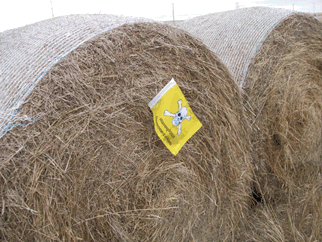 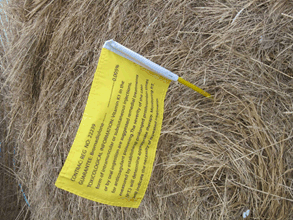
Figure 5. Properly labelled bale stacks.
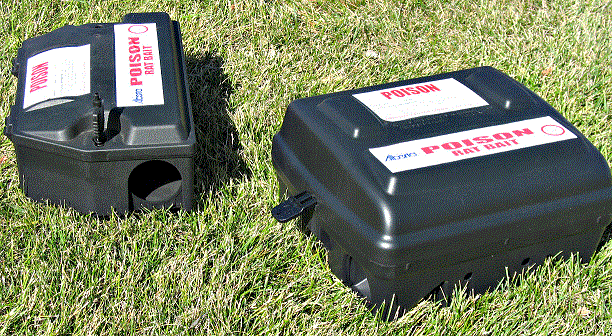 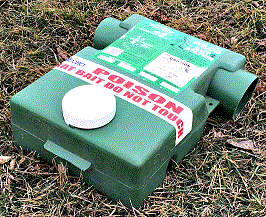 Figure 6. Dry bait stations. Modern bait stations have baffles and secured entrances built in.
Figure 6. Dry bait stations. Modern bait stations have baffles and secured entrances built in.
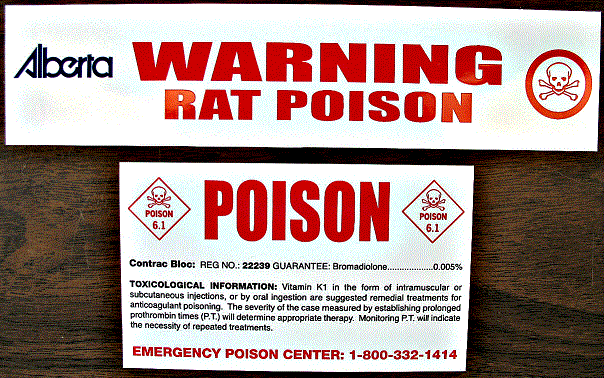 Figure 7. Poison Labels at all bait sites.
Figure 7. Poison Labels at all bait sites.
- Inverted T-Bait Station. ASB pipe needs to be 7.5 cm (3 inch) diameter, labeled, and securely staked to the ground.
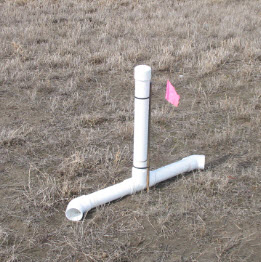 Figure 8. Inverted T-Bait Station Figure 8. Inverted T-Bait Station
- During warm weather, prepared water bait should be used wherever possible. Water bait can be presented to rats in several ways, but the most effective is the Helland liquid dispenser (Figure 9) placed in an approved bait station.
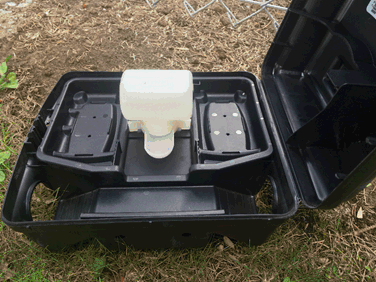 Figure 9. Helland liquid dispenser in a bait station. Figure 9. Helland liquid dispenser in a bait station.
- A discarded tire makes an acceptable water bait station (Figure 10). It should be elevated on one side to allow rats easy access to bait. Always keep water bait stations covered and filled with liquatox water bait. The plywood on the tire must be screwed down to the tire to prevent children, pets, non-target wildlife, and livestock from getting into the bait.
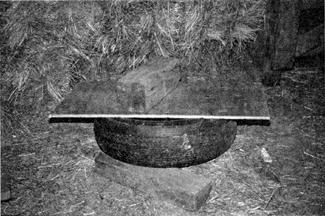 Figure 10. Used tire water bait station. Figure 10. Used tire water bait station. |
|
| |
|
|
| |
For more information about the content of this document, contact Phil Merrill.
This document is maintained by Karen Hladych.
This information published to the web on May 30, 2013.
Last Reviewed/Revised on July 7, 2016.
|
|